Toshio Matsumoto
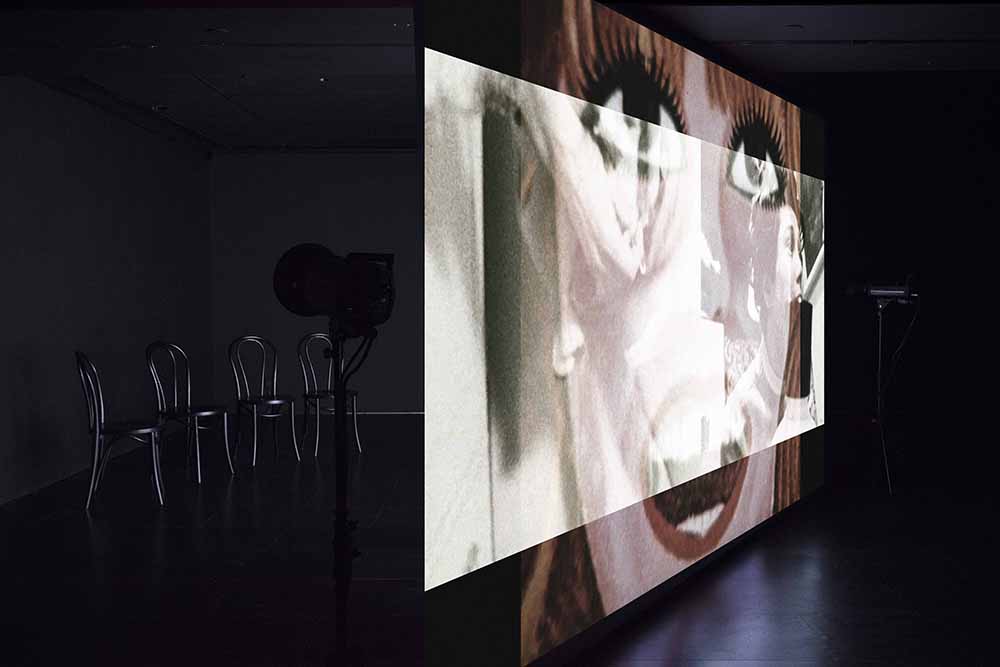
For My Crushed Right Eye (つぶれかかった右眼のために), 1968
Image courtesy of the artist, Empty Gallery and PJMIA
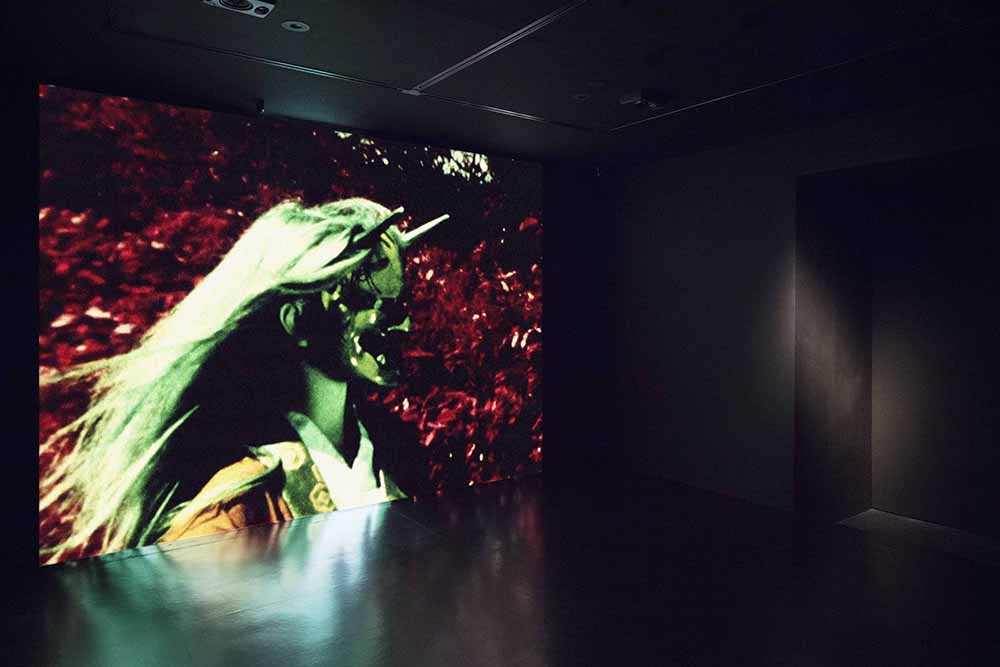
Atman (アートマン), 1975
Image courtesy of the artist, Empty Gallery and PJMIA
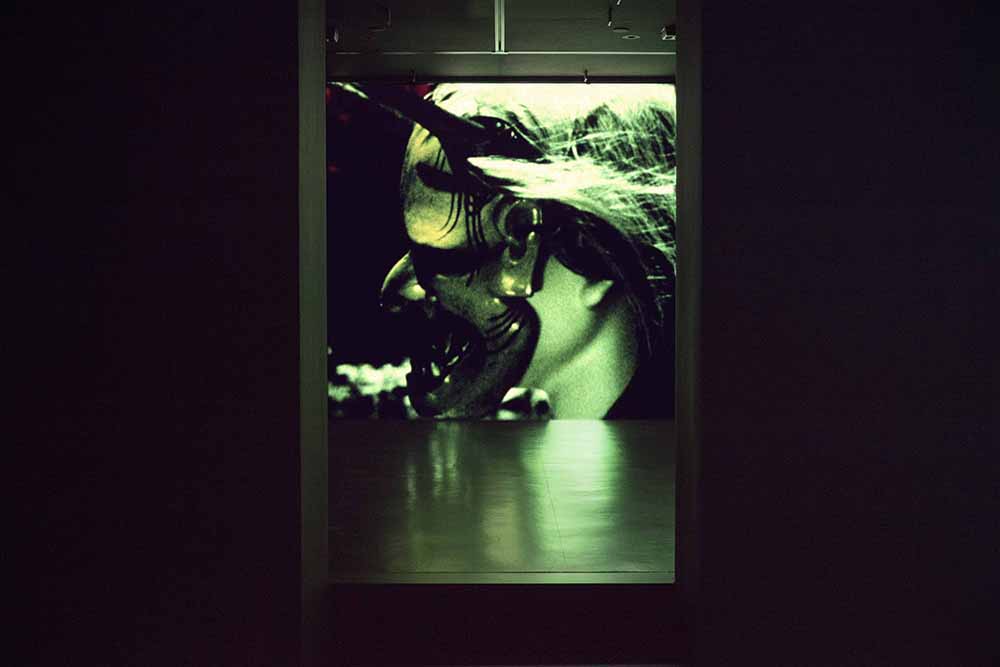
Atman (アートマン), 1975
Image courtesy of the artist, Empty Gallery and PJMIA
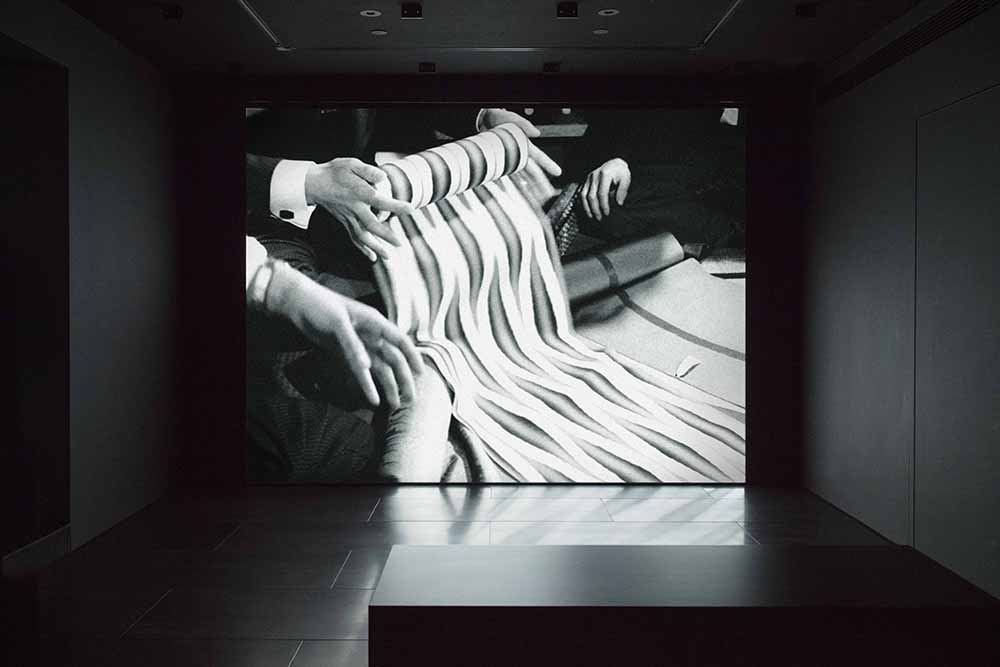
The Weavers of Nishijin (西陣), 1961
Image courtesy of the artist, Empty Gallery and PJMIA
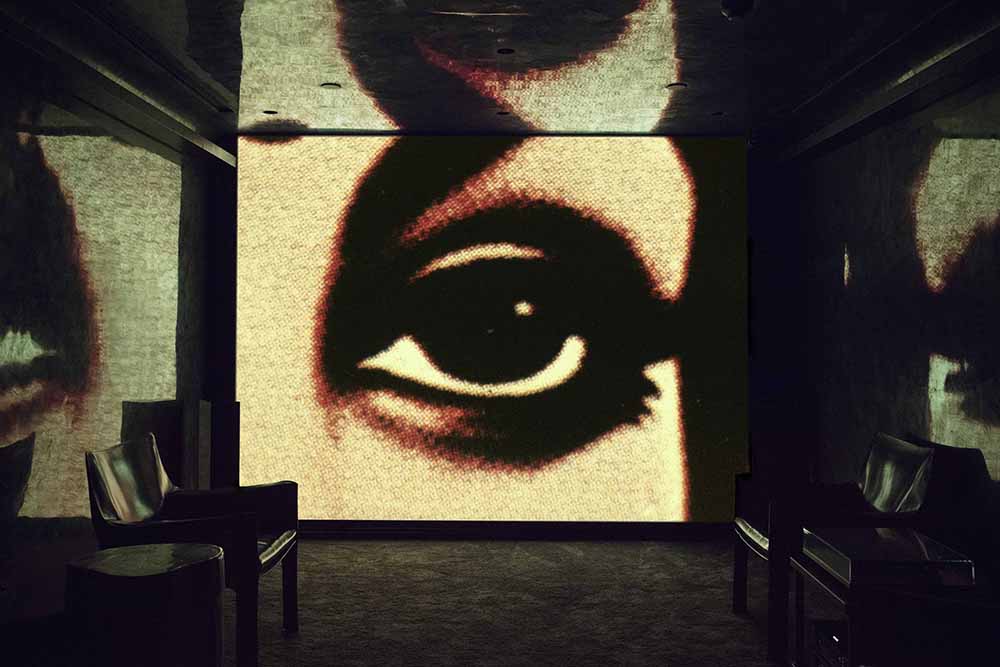
Everything Visible Is Empty (色即是空), 1975
Image courtesy of the artist, Empty Gallery and PJMIA
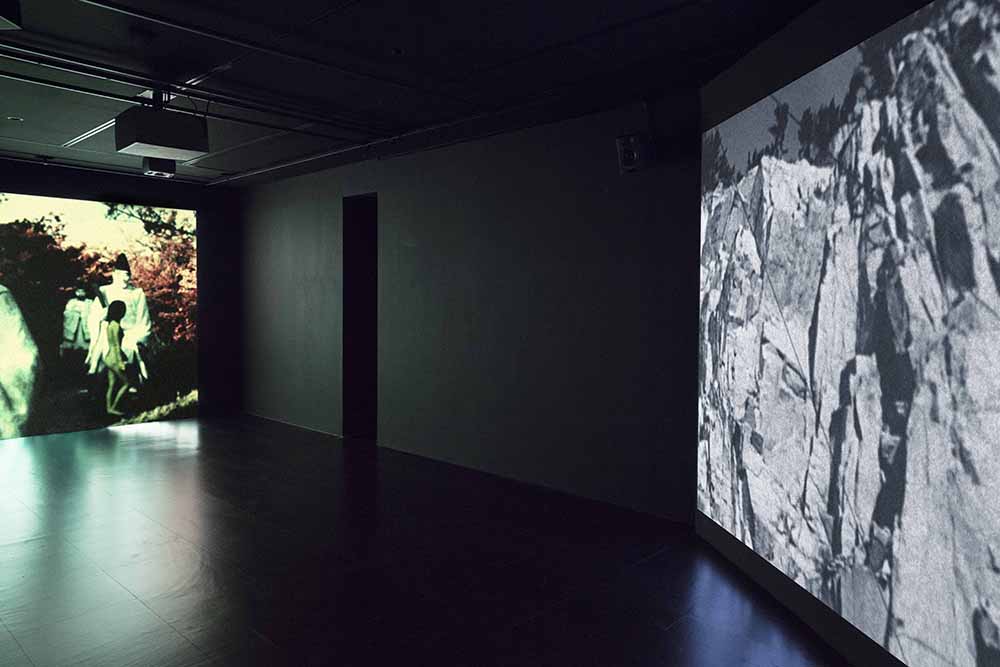
Installation view, Toshio Matsumo
Image courtesy of the artist, Empty Gallery and PJMIA
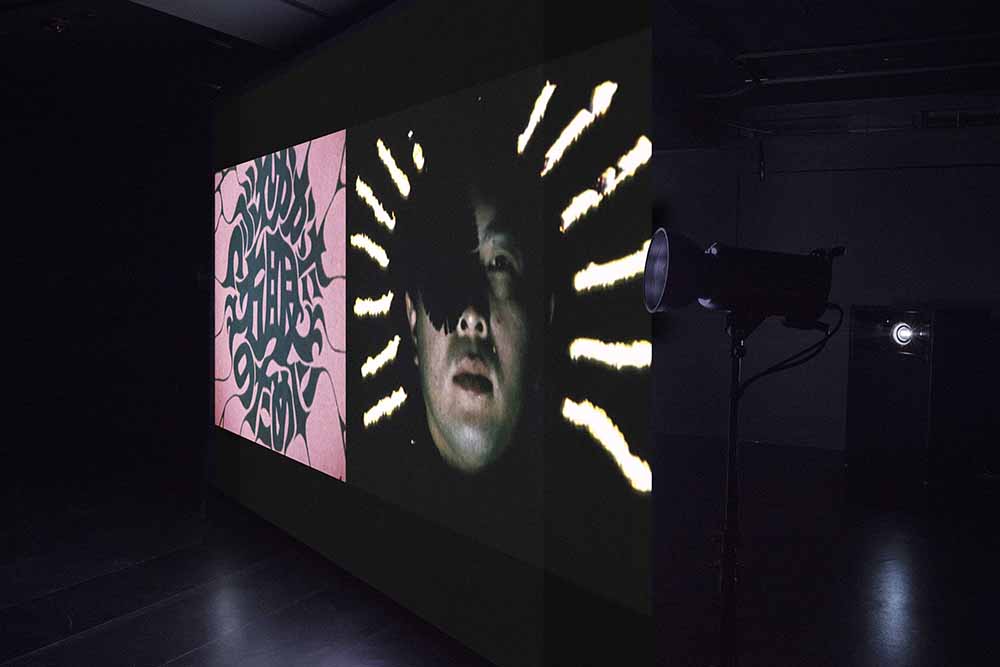
For My Crushed Right Eye (つぶれかかった右眼のために), 1968
Image courtesy of the artist, Empty Gallery and PJMIA
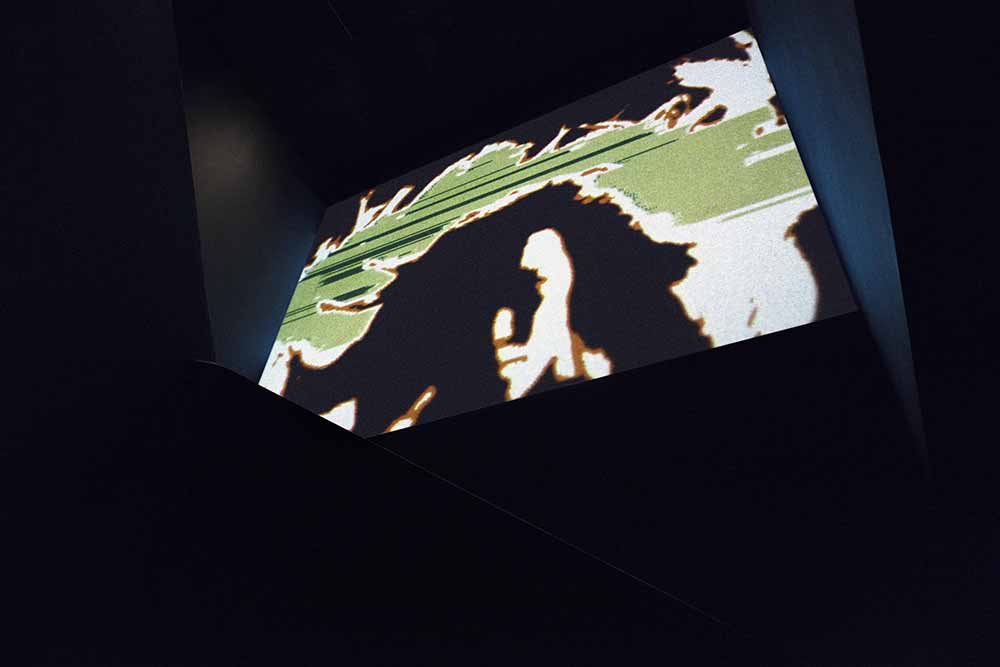
Expansion (エクスパンション), 1972
Image courtesy of the artist, Empty Gallery and PJMIA
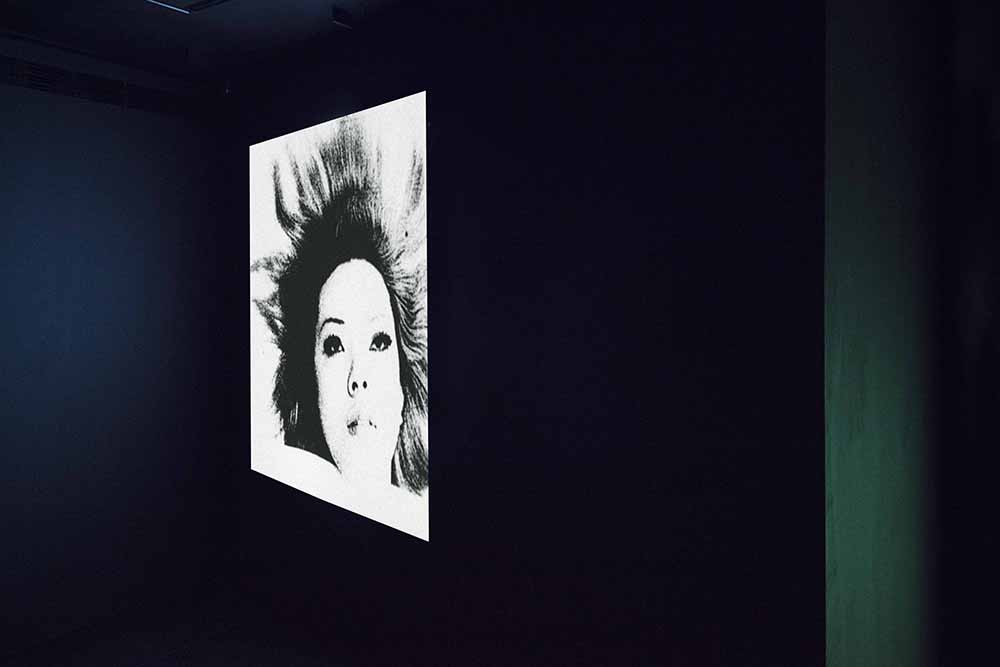
Funeral Parade of Roses (薔薇の葬列) , 1969.
Image courtesy of the artist, Empty Gallery and PJMIA
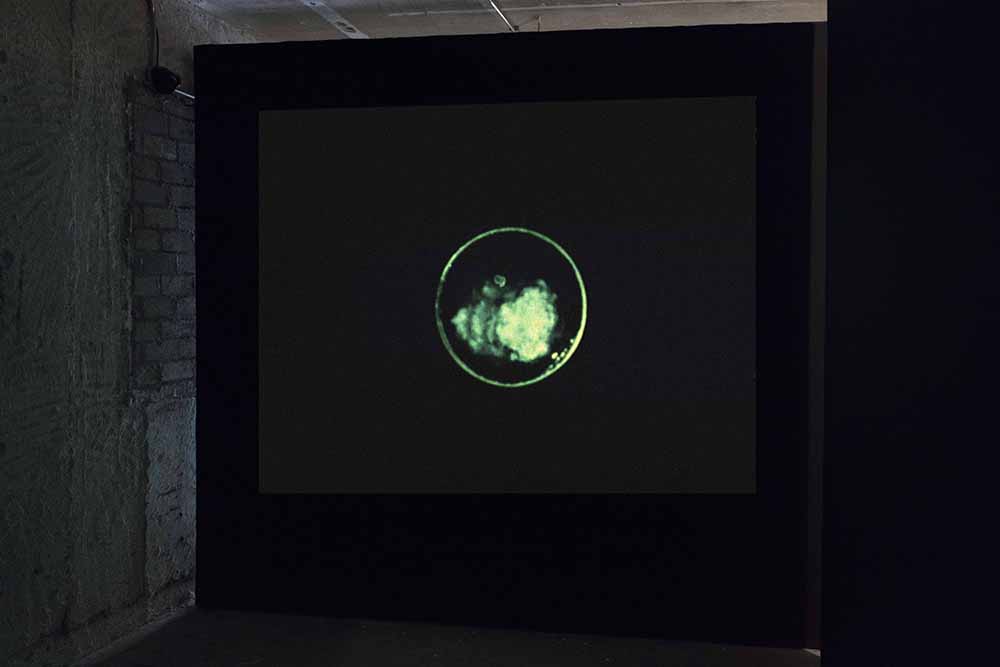
Black Hole (ブラックホール), 1977
Image courtesy of the artist, Empty Gallery and PJMIA
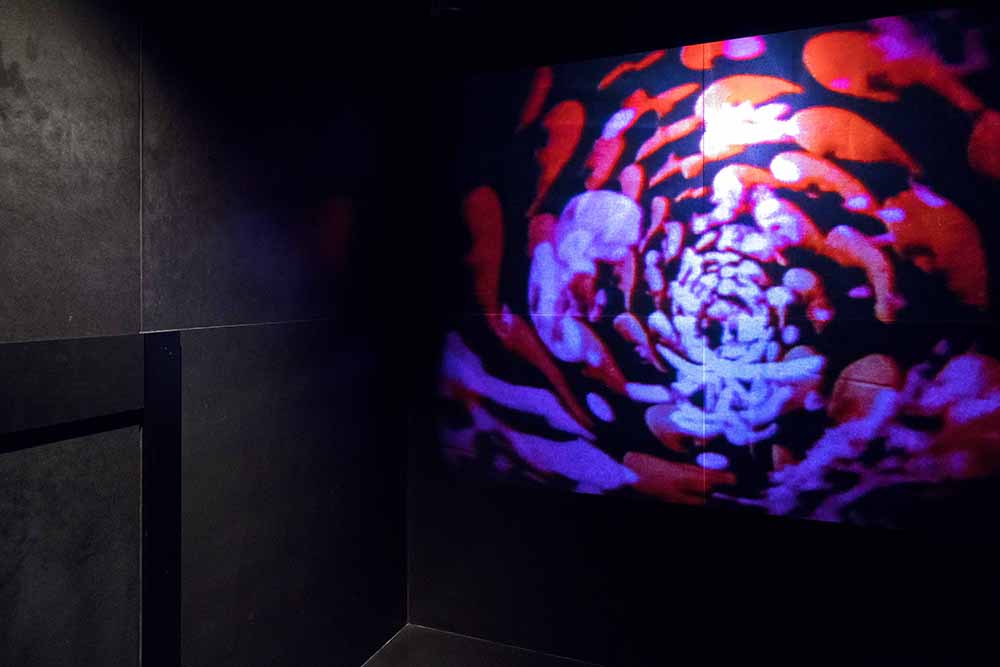
White Hole (ホワイトホール), 1979
Image courtesy of the artist, Empty Gallery and PJMIA
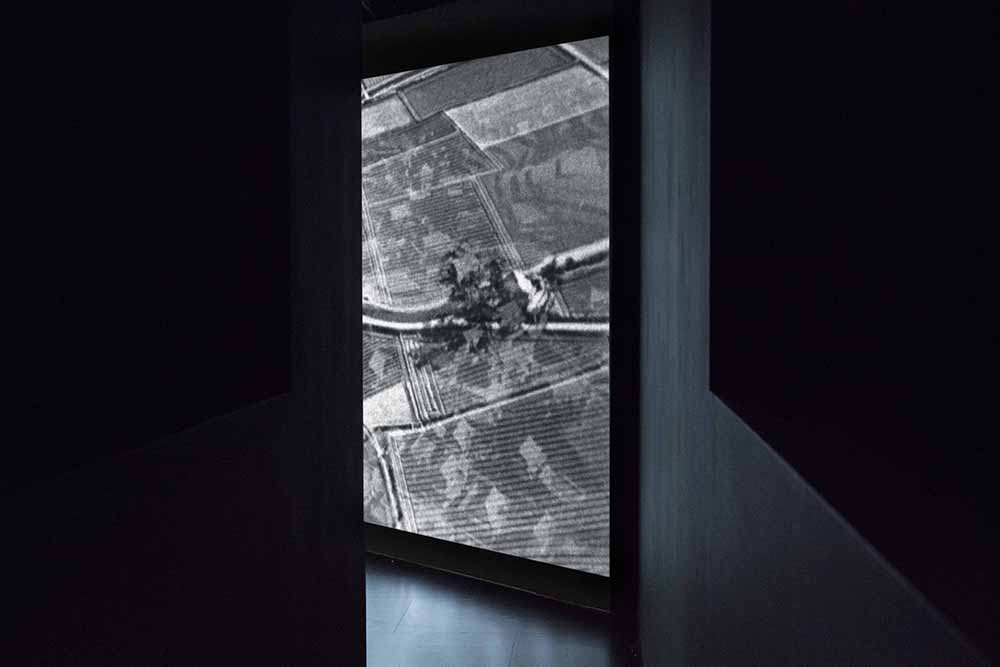
The Song Of Stone (石の詩), 1963
Image courtesy of the artist, Empty Gallery and PJMIA
Toshio Matsumoto was a Japanese film director, video artist, and visual theorist who was widely considered a pivotal figure of Japan’s post-war artistic avant-garde. He first came to prominence through his collaboration with artist collective Jikken Kobo on the film Ginrin in 1955, initiating a career-long interest in experimental sound and electronic music which would be reflected in his output over the next few decades. He subsequently created an eclectic body of work comprising experimental documentaries, structuralist films, and early video art while continuing to be influential as a critic, theorist, and educator. Recent presentations of Matsumoto’s work have included “The World Goes Pop” at Tate Modern and “Tokyo 1955-1970: A New Avant-Garde” at MoMa, among others.